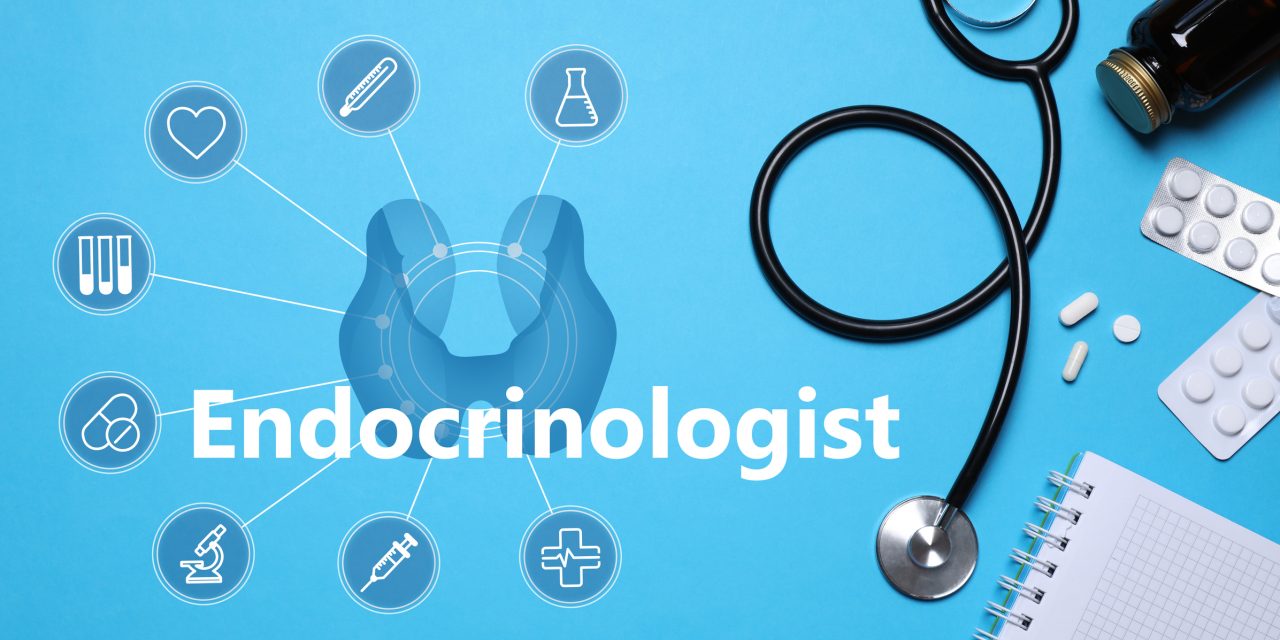Ischemia/reperfusion injury occurs after testicular torsion, levels of free oxygen radicals and inflammatory cytokines are increased in both the torsional and contralateral testis, leading to testicular injury.
The present study investigated whether orchiopexy or orchiectomy after testicular torsion was superior in terms of fertility potential in the long term.
Following 720°, 4 h left testicular torsion, orchiectomy or orchiopexy was performed on 84 rats, which were then sacrificed and evaluated for testicular function at day 1, at 3 months and 6 months (n = 14 per group). An additional 14 rats were in the control group.
Follicle stimulating hormone (FSH), luteinizing hormone (LH), and testosterone levels were significantly lower in the orchiopexy group than the orchiectomy and control groups after 3 months. However, there were no significant differences in hormone parameters among the three groups after 6 months. The hormone levels, Johnsen score, seminiferous tubule diameter, and inducible nitric oxide synthase (iNOS) expression at 3 and 6 months were not significantly different between the orchiectomy group and controls. Histopathological analyses at 3 and 6 months indicated significant decreases in Johnsen score and seminiferous tubule diameter in the ipsilateral testis in the orchiopexy group. At 3 months, the level of iNOS expression in the contralateral testis was significantly lower in the orchiopexy group than in other groups. At 6 months, however, it was not significantly different between the orchiopexy and control groups. There were no significant differences in iNOS expression at 3 or 6 months in the orchiectomy group compared to controls.
The ipsilateral testis in the orchiopexy group began to atrophy at 3 months, and the degree of atrophy became more evident at 6 months. The level of iNOS expression was low in the bilateral testis at 3 months in the orchiopexy group, and sperm in the contralateral testis were not yet functionally healthy. The level of iNOS expression in the ipsilateral testis decreased further at 6 months in the orchiopexy group, while that in the contralateral testis returned to the normal level.
Testicular functions were restored faster after orchiectomy compared to orchiopexy following testicular torsion. However, follow-up of the rats for 6 months demonstrated that orchiopexy or orchiectomy procedures conducted on the testicular torsion had no effect on future fertility potential after 4 h of torsion.
Copyright © 2022 Journal of Pediatric Urology Company. Published by Elsevier Ltd. All rights reserved.
Long-term effects of orchiopexy and orchiectomy on the testes of rats with testicular torsion.


